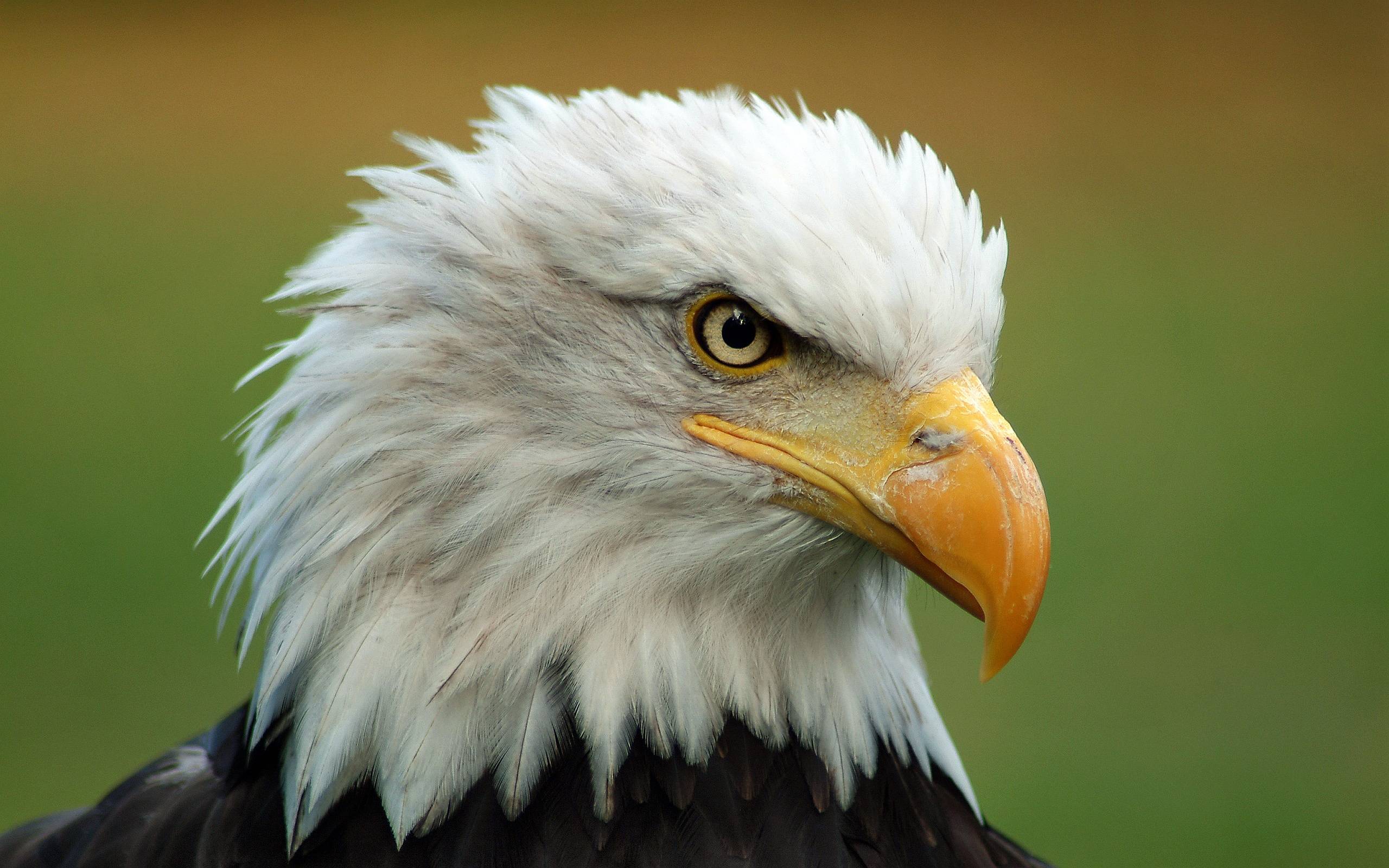Bald Eagle Nest Discovered in Toronto, Marking First Recorded Instance in History, Reports Conservation Authority.
In December, Jules McCusker stumbled upon a bald eagle nest near his Toronto residence, a sight that left him in disbelief. He expressed astonishment, explaining that he hadn’t heard of any bald eagle nests in Toronto for at least a century.
The rarity of spotting such an iconic bird of prey within the city is notable. Confirming this unique occurrence, the Toronto and Region Conservation Authority (TRCA) informed CBC Toronto via email that this marks the first documented bald eagle nest in Toronto’s history.
Experts underscore the significance of this moment, particularly since bald eagles were only removed from Ontario’s list of at-risk species last year.
In the 1960s, the population of bald eagles in North America reached a nadir, with just a few hundred nesting pairs remaining, according to Michael Drescher, an expert in environmental planning and conservation at the University of Waterloo.
“They were at the brink of extinction at that time,”
Drescher attributes the resurgence of bald eagle nesting pairs across the continent, now estimated in the tens of thousands, primarily to the prohibition of certain contaminants. Among these is dichlorodiphenyltrichloroethane (DDT), a once widely used insecticide that was banned in the 1970s.
Exposure to DDT led to bald eagles laying brittle eggs, which could crack under the weight of the incubating bird, explains Jon Spero, the lead keeper of birds and terrestrial invertebrates at the Toronto Zoo.
Spero notes that although the number of bald eagles in southern Ontario remains lower than in previous periods, their resurgence indicates improving water quality and fish populations, upon which they depend.
Drescher further explains that there is now a greater food supply for bald eagles, as small mammals and fish, their prey, have also experienced benefits from reduced pollutants.
This revelation comes just over a decade following the settlement of another pair of bald eagles in the Royal Botanical Gardens’ Cootes Paradise near Hamilton. Two years later, the first eaglets hatched on the Canadian shoreline of Lake Ontario in over 50 years.
“Their spiritual significance is enormous,”
Duke Redbird, an elder from the Saugeen Ojibway Nation and close friend of McCusker, expresses that the reappearance of bald eagles along Ontario’s shorelines signifies a positive omen. In Indigenous communities, bald eagles hold deep significance, symbolizing honor, honesty, charity, and life.
Redbird emphasizes that receiving an eagle feather represents the utmost honor one can attain.
Our community has always loved the bald eagle for its strength and its capacity to represent truth and goodwill,” said Redbird, a well-known Indigenous poet and literary figure.
“Let’s hope that the little eaglets that are hatched this year as a result will just spread their joy around Toronto,” said Redbird.



